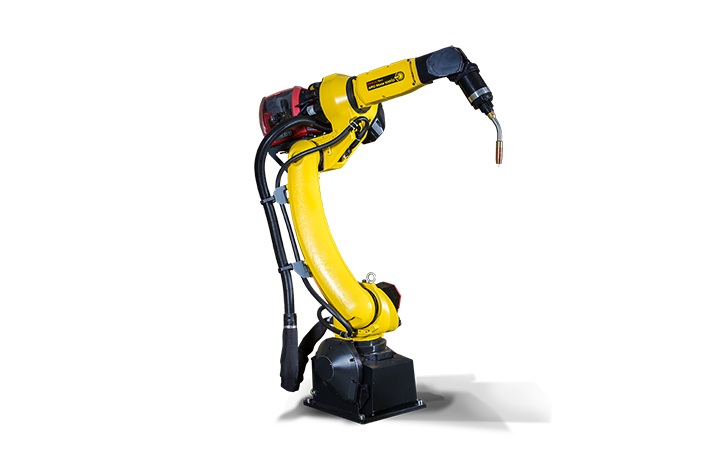
Just like any other system, CNC (Computer Numerical Control) machines and systems present a blend of advantages and disadvantages. Understanding these drawbacks is crucial for informed decision-making in manufacturing. The disadvantages include:
- Need for Detailed Manufacturing Plans: CNC machining requires meticulous planning. From programming the machine to setting up the tools and fixtures, a detailed manufacturing plan is essential to ensure accuracy and efficiency in production processes.
- Significant Initial Investment: Implementing CNC machinery involves a substantial initial investment. From purchasing the equipment to training personnel and setting up the necessary infrastructure, the upfront costs can be high.
- High Hourly Machine Rates: The operational costs of CNC machines, including maintenance, energy consumption, and tool wear, contribute to high hourly machine rates. This can impact the overall cost-effectiveness of CNC machining, especially for smaller production runs or low-margin projects.
- Requirement for Careful Usage and Maintenance: Compared to conventional machining methods, CNC machines demand more meticulous handling and maintenance. Proper machine setup, tool calibration, and regular maintenance routines are essential to ensure optimal performance and prolong the lifespan of the equipment.
- Necessity for High Cutting Speeds and Quality Cutters: Achieving efficient material removal and precision machining with CNC systems often requires high cutting speeds and the use of high-quality cutting tools. Investing in premium-grade cutters and maintaining them properly adds to the overall operational costs.
- Regular Expert Maintenance Required: CNC machines require periodic maintenance to sustain performance and prevent unexpected breakdowns. This maintenance typically involves complex procedures and adjustments that necessitate the expertise of trained and authorized technicians. Regular servicing by skilled professionals is vital to minimize downtime and ensure consistent production output.
Understanding and addressing these disadvantages is essential for maximizing the benefits of CNC machining while mitigating potential challenges in manufacturing operations. Proper planning, investment, and maintenance strategies can help leverage the capabilities of CNC systems for enhanced productivity and competitiveness in modern manufacturing environments.







